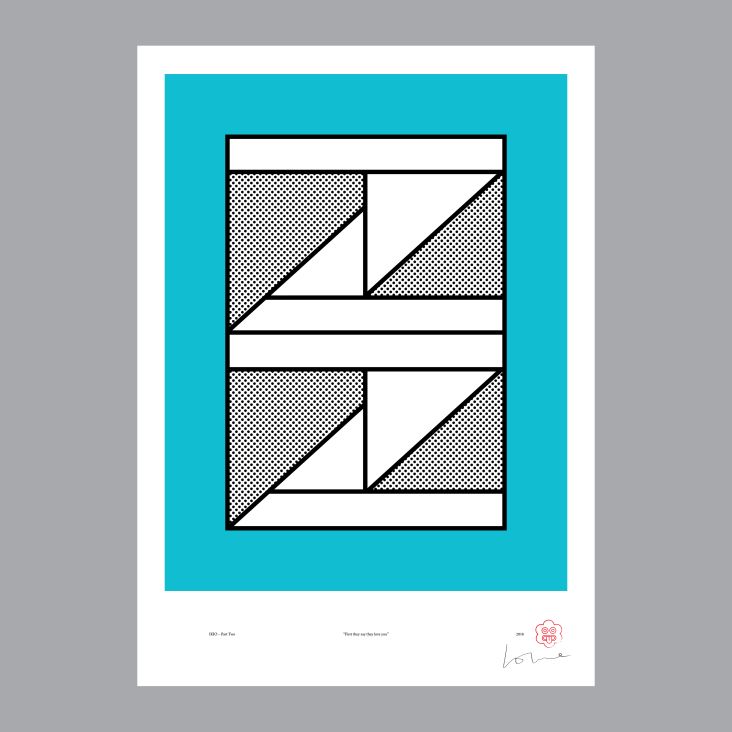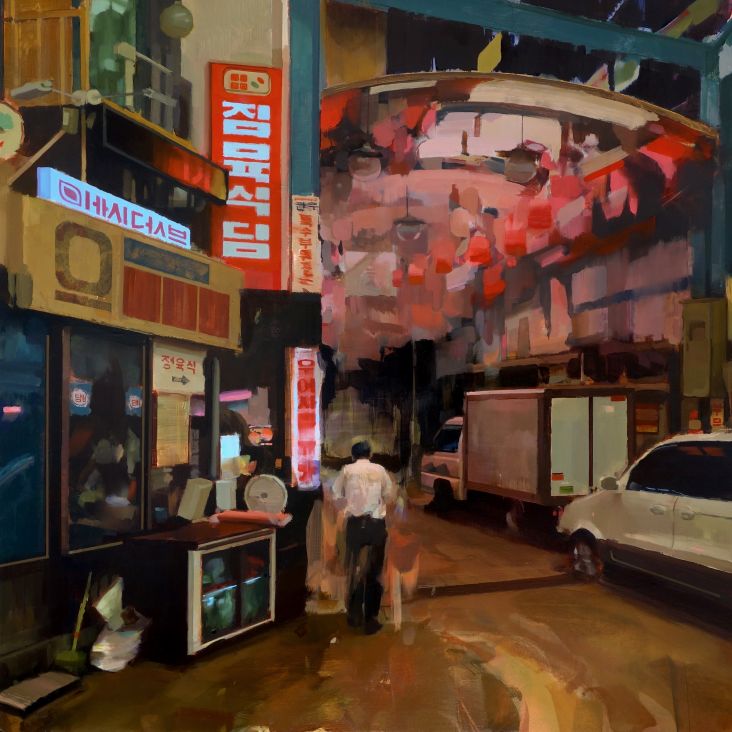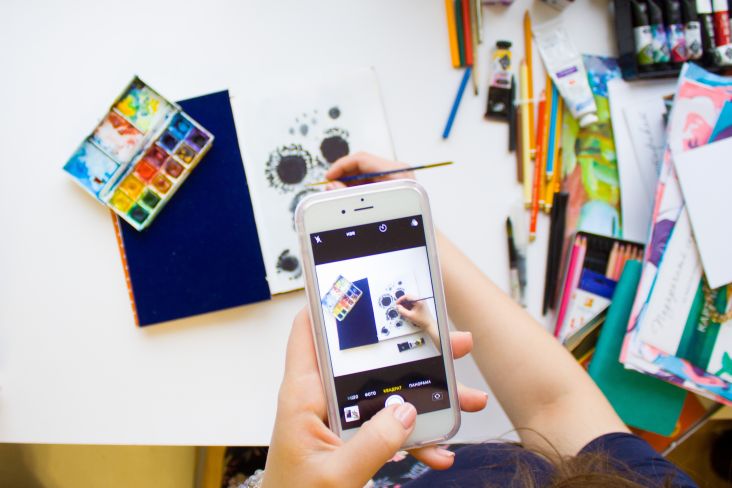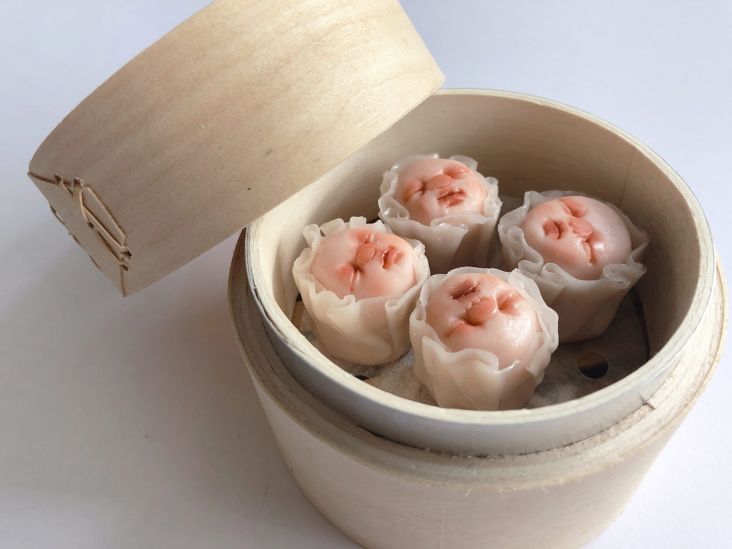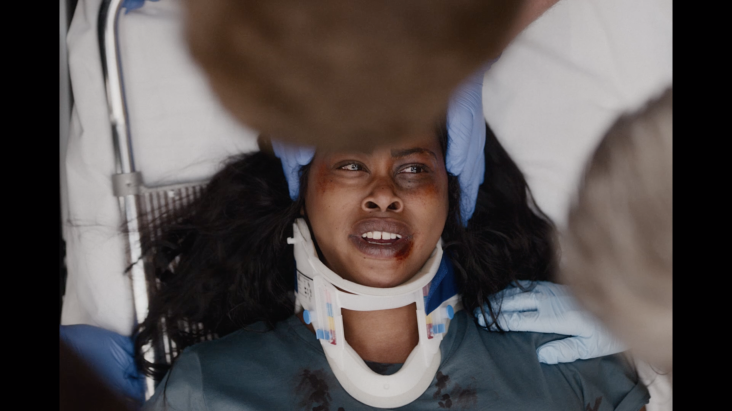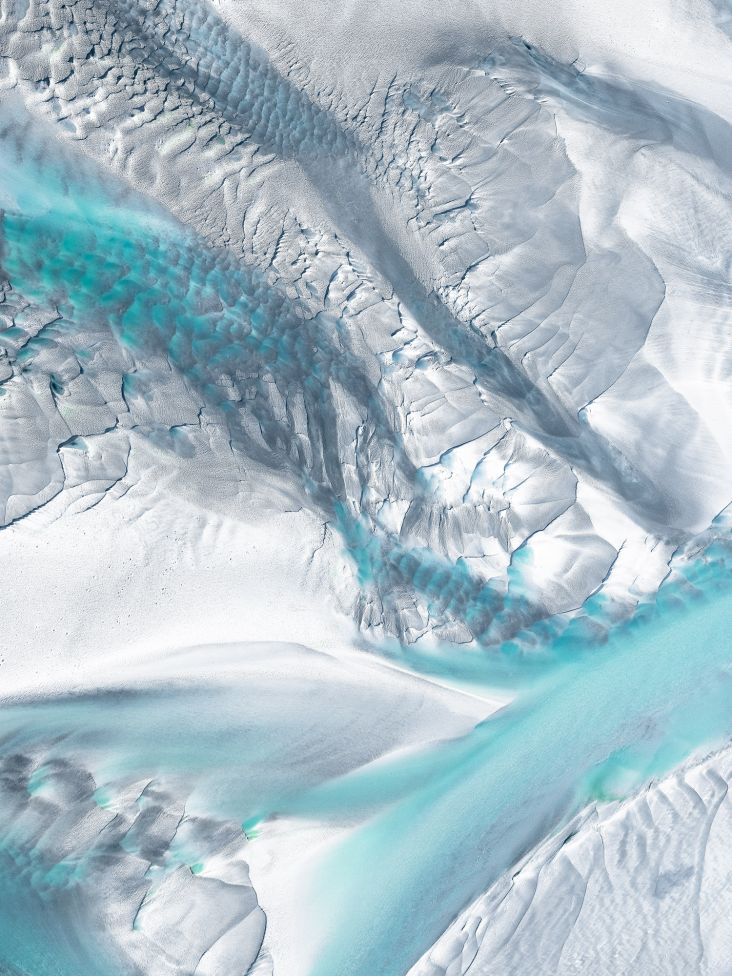The English Seen by Tony Ray-Jones explores the 'disappearing social customs of English life' in the 1960s
In the late 1960s, British photographer Tony Ray-Jones travelled across the country to document English social customs and what he saw as a disappearing way of life.
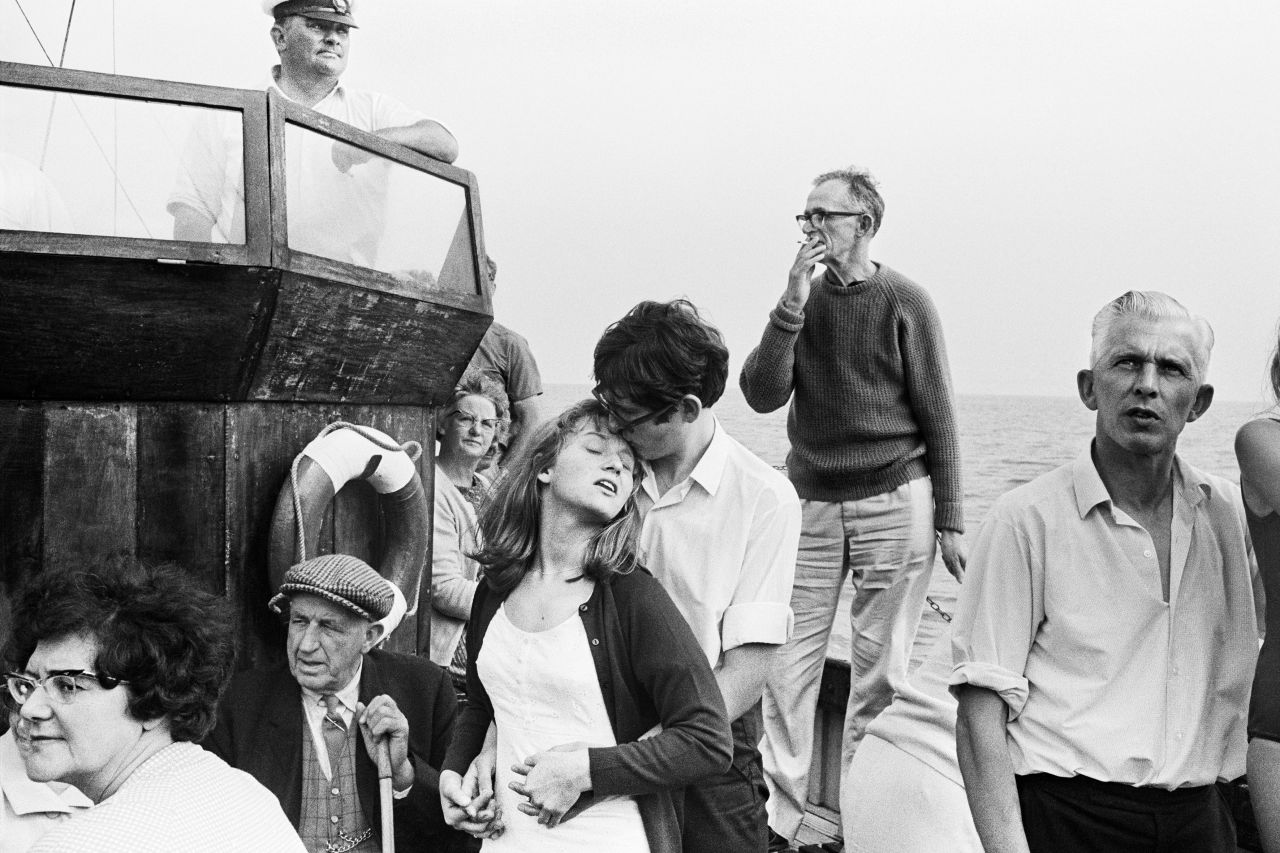
Beachy Head boat trip, 1967 © Tony Ray-Jones/Science Museum Group
This small but distinctive body of photographs was part of an evolutionary shift in British photography, placing artistic vision above commercial success. In this short period of time, Ray-Jones managed to establish an individual personal style. He constructed complex images against a uniquely English backdrop, where the spaces between the components of the image were as important as the main subject matter itself.
Speaking of his series back then, Ray-Jones remarked: "I have tried to show the sadness and humour in a gentle madness that prevails in people. The situations are sometimes ambiguous and unreal, and the juxtapositions of elements seemingly unrelated, and yet the people are real. This, I hope, helps to create a feeling of fantasy. Photography can be a mirror and reflect life as it is, but I also think that perhaps it is possible to walk, like Alice, through the looking glass, and find another kind of world with the camera."
Now a new exhibition at the Martin Parr Foundation in Bristol this October will celebrate this body of work as well as mark the important contribution that Tony Ray-Jones (1941 – 1972) and his legacy, have made to British documentary photography.
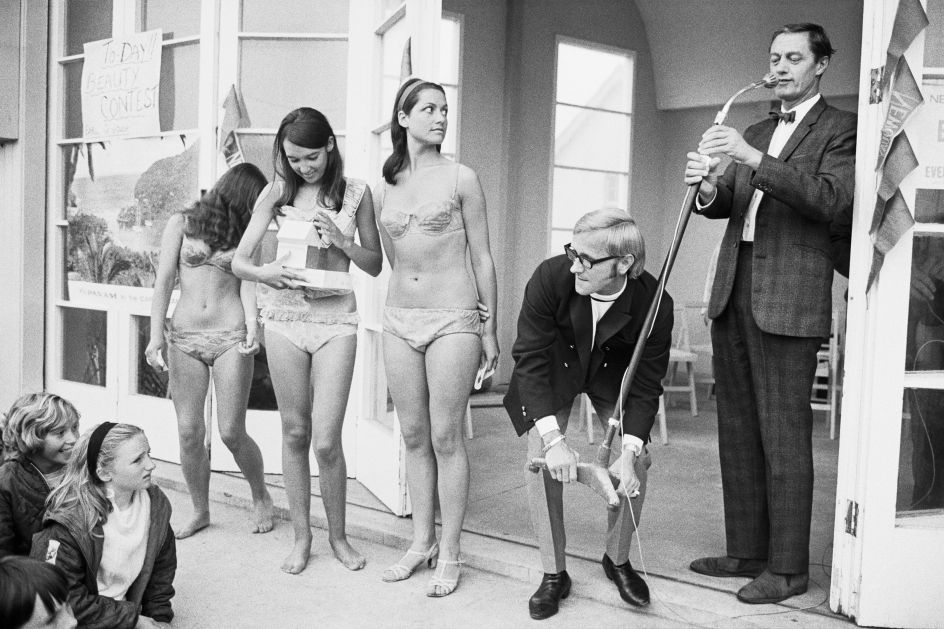
Beauty Pageant, Newquay, c. 1967 © Tony Ray-Jones/Science Museum Group
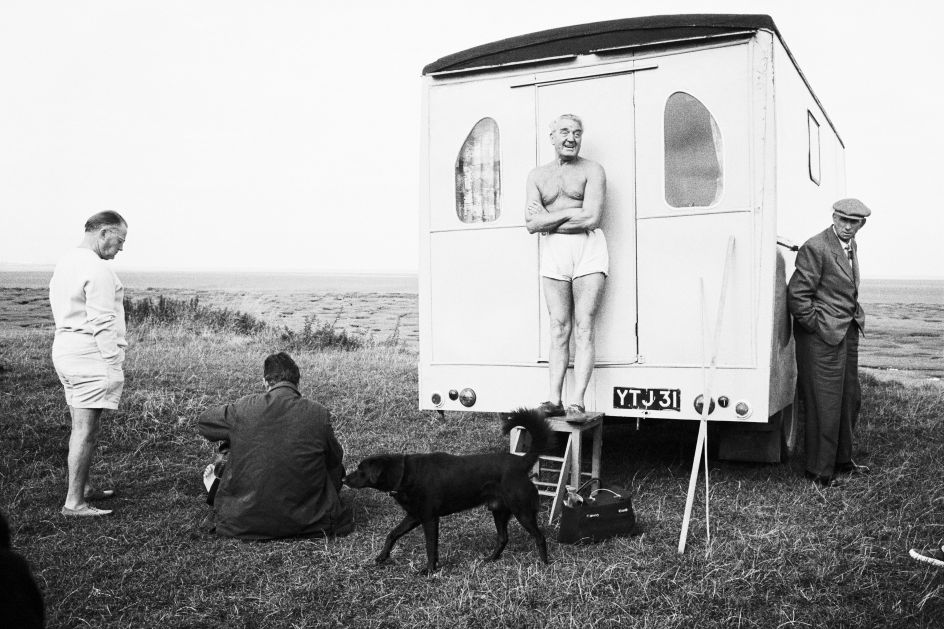
Brighton Beach, c. 1967 © Tony Ray-Jones/Science Museum Group
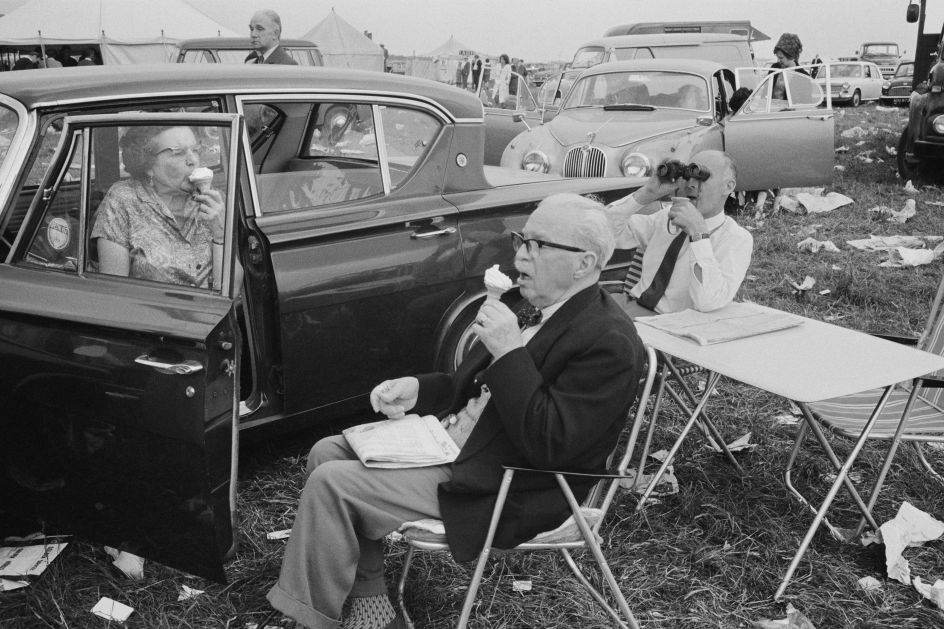
Derby Day, Epsom, c. 1967 © Tony Ray-Jones/Science Museum Group
Ray-Jones’ skills were gleaned from a generation of street photographers he encountered whilst living in New York in the mid-1960s. These photographers included Garry Winogrand, Joel Meyerowitz and others associated with the circle of legendary Harper's Bazaar art director Alexey Brodovitch. Their pictures defined the era as they used the street as a framework. Ray-Jones applied this new way of seeing to his native England and photographed his observations as they had never been seen before.
In 2012, Martin Parr alongside curator Greg Hobson revisited Ray-Jones' contact sheets from this period and found previously unseen images. These new discoveries will be exhibited and published alongside iconic early images, including vintage prints from the Martin Parr Foundation collection. There'll also be an accompanying new book that will include an essay by Liz Jobey and an introduction by Martin Parr.
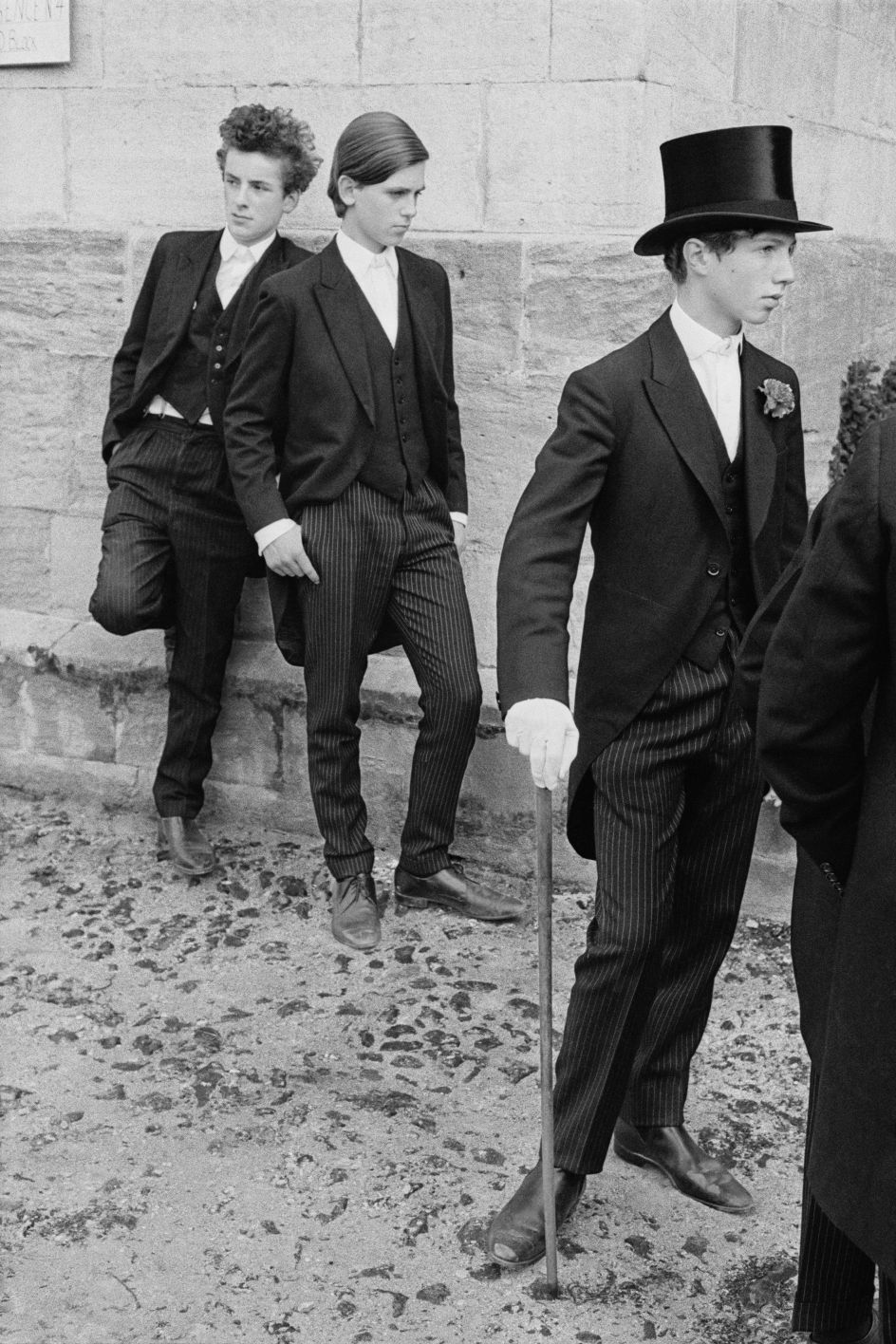
Eton, 1967 © Tony Ray-Jones/Science Museum Group
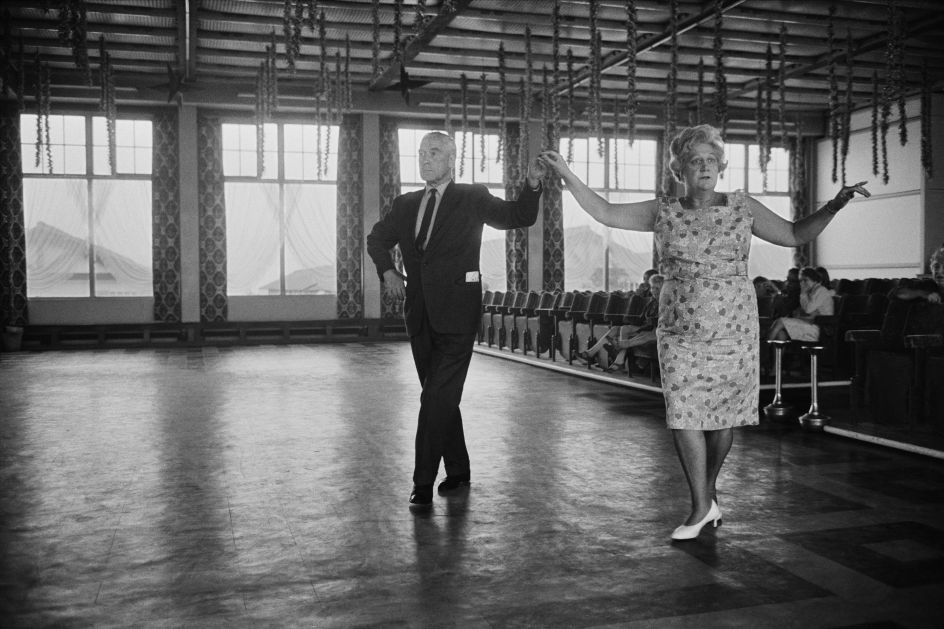
Ballroom, Morecambe, 1968 © Tony Ray-Jones/Science Museum Group
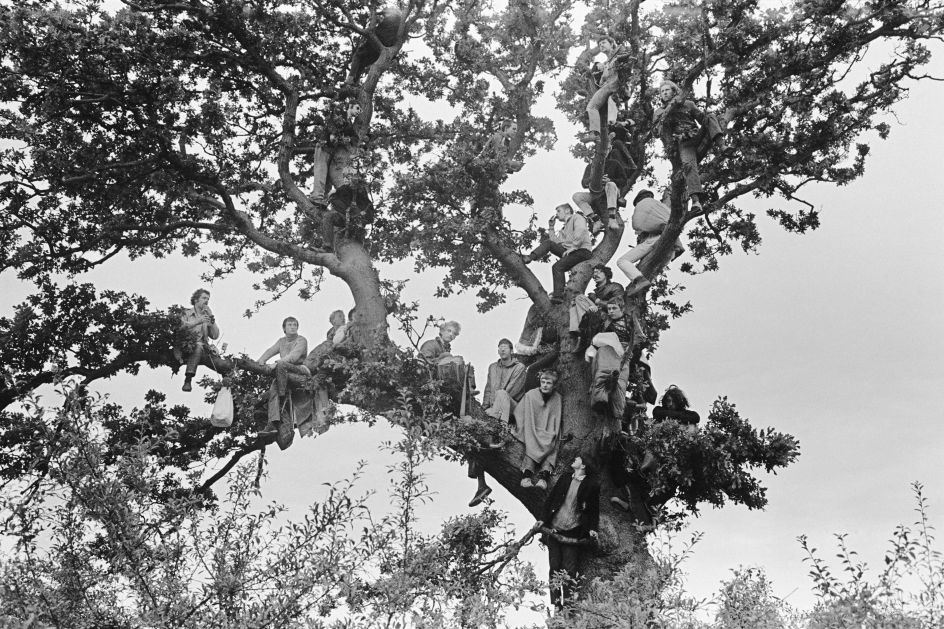
Isle of Wight Festival, c.1968 © Tony Ray-Jones/Science Museum Group
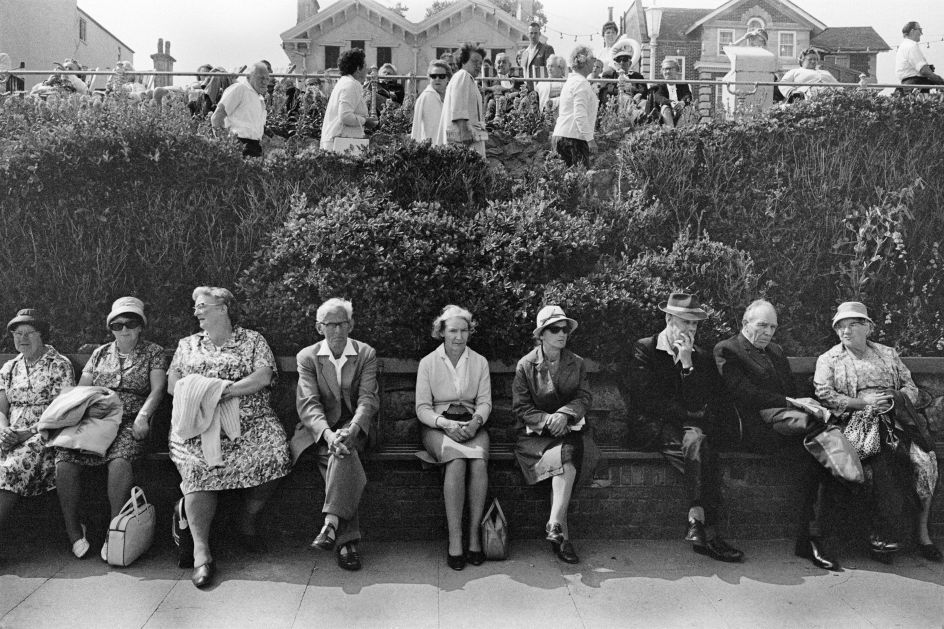
Unknown circa late 1960s © Tony Ray-Jones/Science Museum Group
"Tony Ray-Jones was one of my initial inspirations as a photographer," said Parr. "His imagery showed me what was possible in shooting my own country."
The English Seen by Tony Ray-Jones will go on show from 16 October until 21 December 2019 at the Martin Parr Foundation, Bristol. To find out more visit martinparrfoundation.org. All images courtesy of National Science & Media Museum.

















